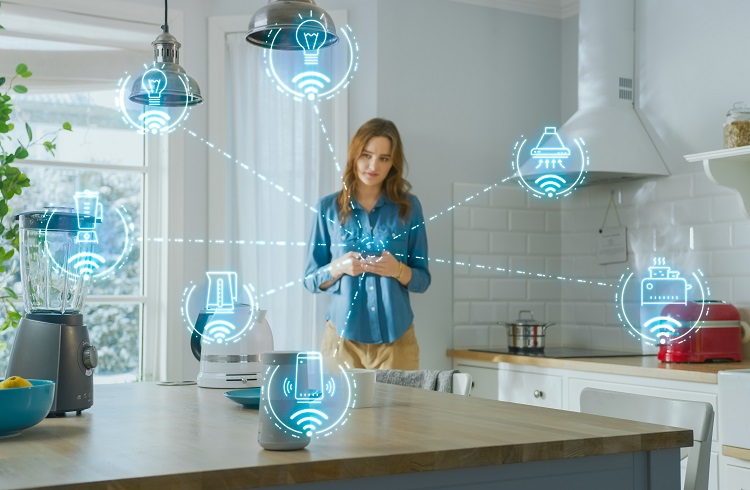Smart homes have come a long way over the past decade, with the development of voice assistants, smart thermostats, and other IoT devices that make it easier to control and automate household tasks. But what does the future hold for smart homes? Here are some of the trends and innovations that we can expect to see in the next 10 years:
Increased Integration
One of the most significant trends in smart homes is increased integration between different devices and systems. As smart home technology becomes more widespread, we can expect to see more devices that can communicate with each other and work together seamlessly. For example, we may see lighting systems that can be controlled through a voice assistant or an app, as well as connected security systems that can detect and respond to intruders.
Artificial Intelligence
Artificial intelligence (AI) is already being used in some smart home devices, such as voice assistants and smart thermostats, but we can expect to see more advanced applications of AI in the future. For example, AI could be used to analyze data from sensors and other devices to identify patterns and make predictions about household usage patterns. This could help to optimize energy consumption and improve the overall efficiency of a home.
Greater Energy Efficiency
As climate change becomes an increasingly urgent issue, we can expect to see more focus on energy efficiency in smart home technology. This could include more advanced sensors and analytics that can identify opportunities for energy savings, as well as devices that are designed to consume less energy overall. For example, we may see the development of smart appliances that can detect when they are not in use and automatically turn off to save energy.
Health and Wellness Monitoring
Smart home technology is already being used to monitor and manage health and wellness. But we can expect to see more advanced applications of this technology in the future. For example, we may see sensors that can detect changes in the air. Quality or temperature and make adjustments to improve indoor air quality. We may also see the development of wearable devices. That can monitor health and wellness and provide feedback on things like sleep quality, exercise, and nutrition.
Increased Security and Privacy
As smart home technology becomes more widespread, there will be a greater focus on security and privacy. We can expect to see more advanced security features. Such as facial recognition and biometric authentication, as well as greater control over data sharing and storage. Additionally, there may be more regulations and standards put in place to ensure that smart home technology is safe and secure for users.
Personalization
Finally, we can expect to see more personalized smart home technology in the future. As devices become more advanced and can collect more data. They will be able to provide more tailored recommendations and experiences for users. For example, a smart thermostat may be able to learn a user’s preferences over time and adjust the temperature accordingly.
In conclusion, the future of smart homes looks bright, with increased integration. Artificial intelligence, greater energy efficiency, health and wellness monitoring, increased security and privacy, and more personalized experiences. As these technologies continue to evolve. We can expect to see more innovative and exciting developments in the years to come.

